We are constructing the second line of the Peschiera-Capore aqueduct: a strategic project to guarantee a constant water supply to Rome and to the vast surrounding territory in the future.
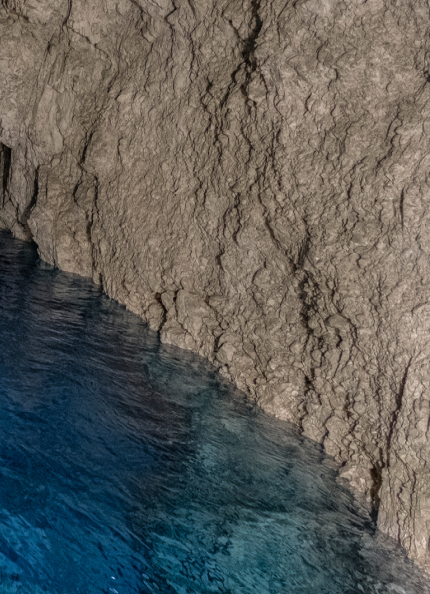

How is it possible to further improve an engineering excellence, that has been providing pure water from more than eighty years? By doubling it.
The construction of the second line of the Peschiera-Capore aqueduct represents a fundamental step to secure the water supply not only for the city of Rome but also for the other municipalities served.
This strategic investment aims to protect water resources for future generations.
total length of the current aqueduct system
water supplied per second
municipalities served by the Peschiera-Capore aqueduct
kWh annually
Data as of 31 December 2024
Studies begin on the springs of the Peschiera and Le Capore rivers for the creation of a new Roman aqueduct.
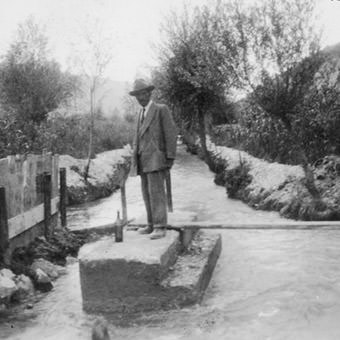
The construction of the first water pipelines begins under the direction of AGEA (Azienda Governatoriale dell'Elettricità e delle Acque).
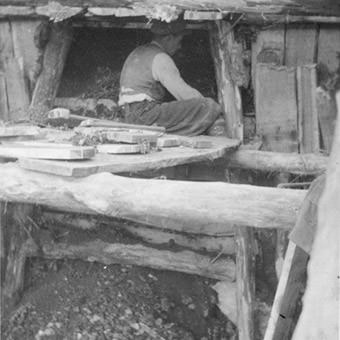
The Salisano hydroelectric power plant is inaugurated (1940), equipped with unprecedented underground facilities in Europe.
-340x340.jpg)
Work resumes, after being interrupted during the world conflict, under the management of Acea, founded on the ashes of AGEA.
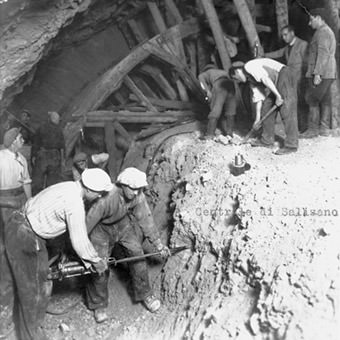
The “mostra” fountain of the aqueduct is inaugurated in Piazzale degli Eroi, symbolically representing the arrival of the Peschiera’s water in Rome.
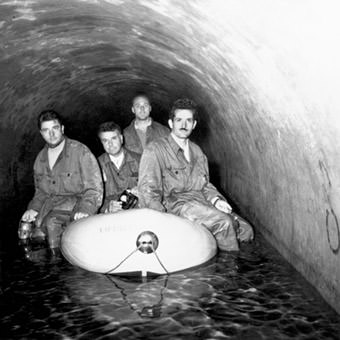
The growing demand for water leads to the first doubling of the Peschiera, with an additional branch and new water centers for the distribution of water in Rome’s districts.
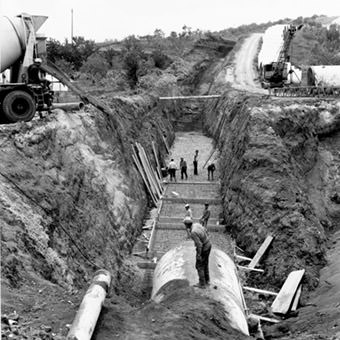
The connection with the Le Capore springs is established.
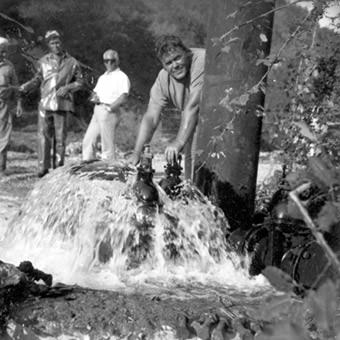
The final plant comes into operation: one of the largest aqueducts in the world is definitively completed.
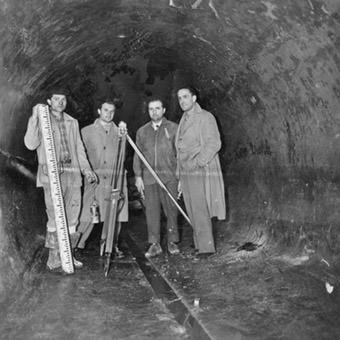
The Peschiera-Capore aqueduct is at the heart of a significant investment programme which aims to enhance it.
The renewal of the concession for the Peschiera-Le Capore springs, the lifeblood of the aqueduct, has been a crucial step.
This agreement made it possible to start construction of the second line of the infrastructure in 2020. The main goal is twofold: to secure the water supply of the capital and to protect water resources in the long term.
The existing infrastructure will be enhanced through the reinforcement of galleries and tunnels, taking community's needs and environmental protection into account.
A key element of the modernization is the adoption of remote monitoring, an advanced technology already successfully implemented for constant monitoring of the network.
Our work will not be limited to this infrastructure alone. A programme of investments targeted at the protection and restoration of the geographical area where the Peschiera-Capore springs are located has already been planned.